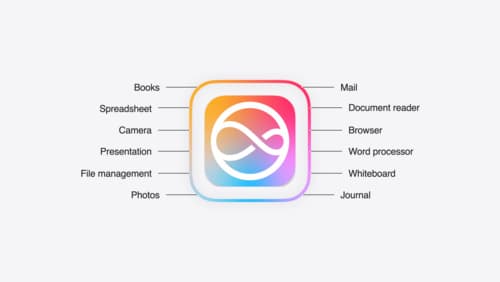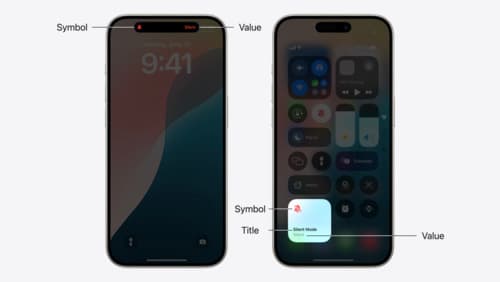intent
Asked on 2024-08-02
2 searches
App Intents are a powerful way to extend your app's functionality beyond its own interface, allowing users to interact with your app through Siri, Shortcuts, and other system features. Here are some key points about App Intents from the WWDC sessions:
-
Designing App Intents:
- Which App Intents to Make: Initially, app intents were meant to cover the most habitual tasks in your app. However, the guidance has evolved to include a broader range of functionalities. It's important to balance between a rich set of flexible app intents and avoiding unclear or brittle ones. (Design App Intents for system experiences)
- Structuring App Intents: App intents should be flexible and readable across many configurations and use cases. They should also provide the option to toggle binary parameters or open your app when appropriate. (Design App Intents for system experiences)
-
Building App Intents:
- Parameters and Summaries: An app intent consists of a summary of what it does, which includes the parameters that people need to fill out before the intent is run. This summary should be readable as a sentence, regardless of the parameter values. (Design App Intents for system experiences)
- Avoiding Redundancy: Avoid creating several different intents for the same task. Instead, structure your app's functionality into a flexible intent where the specifics are contained in the parameters. (Design App Intents for system experiences)
-
Using App Intents with Siri:
- Schema Conformance: By conforming your intent to a schema, you give the model the ability to reason over it, making it easier to define in code. (Bring your app to Siri)
-
Practical Examples:
- Creating Shortcuts: You can create shortcuts that run your app intents, which can be added to the home screen for quick access. For example, an intent can be created to open a specific trail in a hiking app. (Bring your app’s core features to users with App Intents)
- Control Center Integration: App intents can also be used to create configurable controls in the Control Center, such as a timer control that can start or stop a timer. (Extend your app’s controls across the system)
For more detailed information, you can refer to the following sessions:

Design App Intents for system experiences
App Intents power system experiences in controls, Spotlight, Siri, and more. Find out how to identify the functionality that’s best for App Intents, and how to use parameters to make these intents flexible. Learn how to use App Intents to allow people to take action outside your app, and see examples of when to navigate into your app to show contextual information.

Bring your app to Siri
Learn how to use App Intents to expose your app’s functionality to Siri. Understand which intents are already available for your use, and how to create custom intents to integrate actions from your app into the system. We’ll also cover what metadata to provide, making your entities searchable via Spotlight, annotating onscreen references, and much more.

Extend your app’s controls across the system
Bring your app’s controls to Control Center, the Lock Screen, and beyond. Learn how you can use WidgetKit to extend your app’s controls to the system experience. We’ll cover how you can to build a control, tailor its appearance, and make it configurable.
